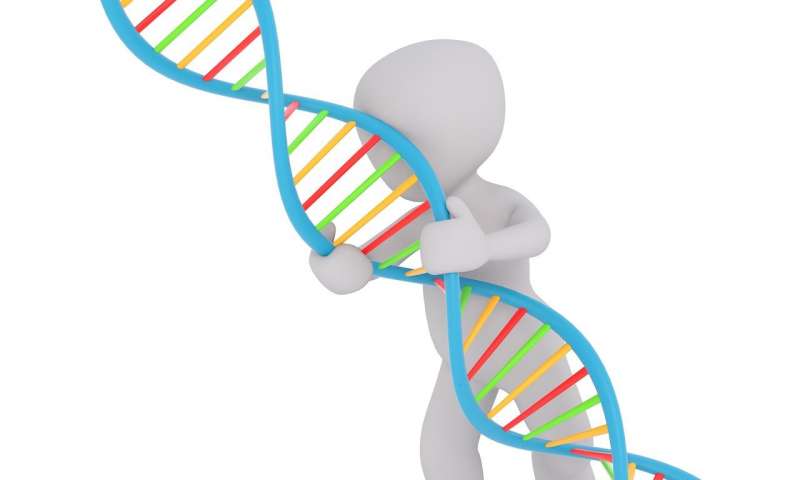

A team of researchers with members from several institutions in Japan has successfully generated human oogonia inside of artificial mouse ovaries using human stem cells. In their paper published in the journal Science, the group describes their work and their plans for the future.
As part of reproductive research, scientists have been working toward a goal of creating human eggs from stem cells—doing so would allow women who cannot produce eggs naturally to make them another way. But achieving that goal has been a difficult path. Researchers have faced both ethical and biological challenges. But despite such difficulties, past research efforts have shown that it was possible to create mouse eggs using stem cells and to fertilize them with mouse sperm. That success suggested doing the same in humans might be possible, but to date, no one has been able to pull it off. In this new effort, the team in Japan has achieved a milestone in that effort, creating a precursor to an egg using human stems cells implanted in a close approximation to a mouse ovary.
The researchers report that their work started by using proven techniques to convert human blood cells into pluripotent stem cells. Next, they created a close approximation of a mouse ovary using embryonic cells. After that, they put the stem cells into the artificial mouse ovaries and allowed them to incubate for several months. They report that eventually, the stem cells grew into material with oocyte-specific characteristics at various growth stages—precursors to human eggs. The researchers also report that they have plans to continue their research, hoping to get their oogonia to develop into an egg. They also have plans that involve doing much the same to create sperm.
Creating eggs from stem cells is fraught with ethical issues, however. Doing so would open the door to the possibility of creating eggs using skin, blood or other bio-material from virtually anyone. Women could carry babies made from stem cells collected from other family members, or even strangers. Gay men could use their stem cells to produce eggs. Avid fans could make babies using stolen hair samples from celebrities. Some have suggested that such easy access to human eggs might lead to DNA testing of resultant embryos to allow parents, or the government, to choose which are allowed to grow into humans.
